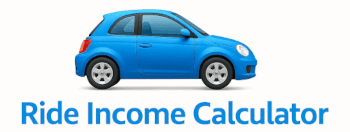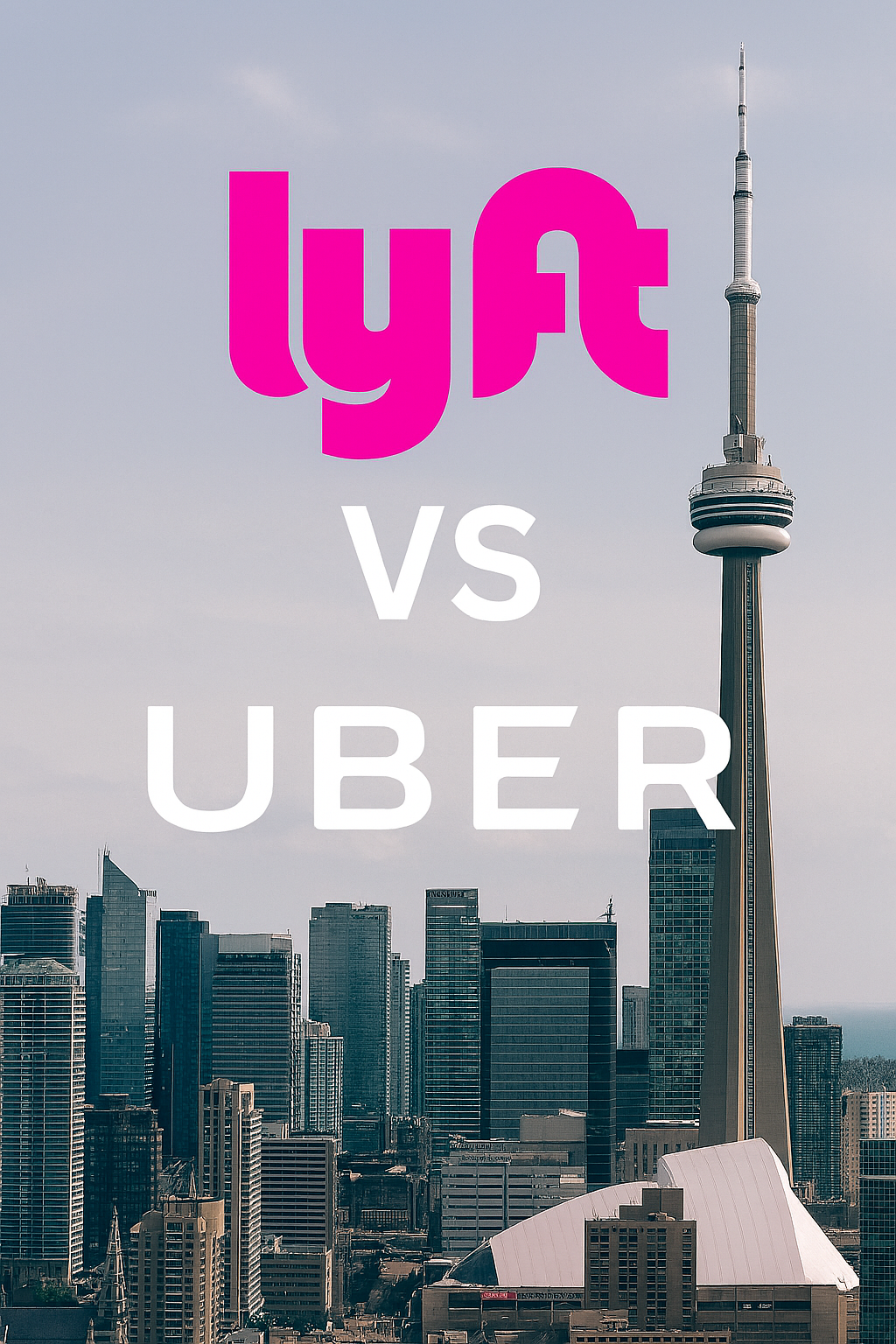🚘
In Ontario’s gig economy, rideshare drivers face a pivotal question: Should you drive for Uber or Lyft? While both platforms offer flexibility and income potential, their pay structures, incentives, and regional performance vary. Let’s break it down.
💰 Average Earnings Comparison (2025)
| Platform | Hourly Gross | Hourly Net (Est.) | Notes |
|---|---|---|---|
| Uber | $25–$40 | $14–$22 | Higher surge pricing, better long-distance incentives 1 2 |
| Lyft | $22–$35 | $13–$20 | Strong streak bonuses, lower cancellation rates 1 2 |
Uber typically pays more per hour, especially in high-demand zones like Toronto, Ottawa, and Mississauga. Lyft offers competitive pay but may lag during non-peak hours 1.
🧾 Commission Structures
- Uber: Takes a variable service fee (typically 20–25%) based on trip type and region 1
- Lyft: Promises drivers 70%+ of rider fare after external fees, with a commission cap around 30% 1
Both platforms deduct tolls, city fees, and taxes before calculating driver payouts.
📍 Ontario Hot Zones
| City | Uber Advantage | Lyft Advantage |
|---|---|---|
| Toronto | Surge pricing, airport runs | Fewer cancellations, better trip transparency |
| Ottawa | Long-distance incentives | Consistent demand in suburbs |
| Hamilton | UberXL demand | Lyft streak bonuses |
| Mississauga | Uber Black earnings | Lyft’s Prime Time still active |
🕒 Incentives & Bonuses
- Uber: More dynamic surge pricing, long-trip bonuses, and Drive-Pass (reduced commission for monthly fee) 2
- Lyft: Weekly streak bonuses, guaranteed earnings, and fewer surprise deductions 2
Uber’s surge pricing tends to be more generous, while Lyft’s bonuses reward consistency.
📊 Real Logs: Driver Diaries
Using the Ride Income Calculator, Ontario drivers have logged:
- UberX Toronto: $24/hour gross, $15/hour net
- Lyft Toronto: $22/hour gross, $14/hour net
- UberXL Ottawa: $28/hour gross, $18/hour net
- Lyft Mississauga: $25/hour gross, $16/hour net
These logs help drivers track performance, optimize routes, and prepare for CRA filings.
🧠 Strategic Tips for Ontario Drivers
- Multi-app switching: Use both platforms to maximize earnings
- Track expenses weekly: Fuel, insurance, maintenance, CRA deductions
- Scout demand zones: Use passenger apps to predict surge areas
- Stack bonuses: Referral codes, streaks, and long-trip incentives
- Log every ride: For forensic clarity and audit-ready documentation
📌 Final Verdict
Uber pays more in high-demand areas, but Lyft offers better consistency and driver transparency. The smartest Ontario drivers use both platforms, switching based on time, location, and payout structure.

